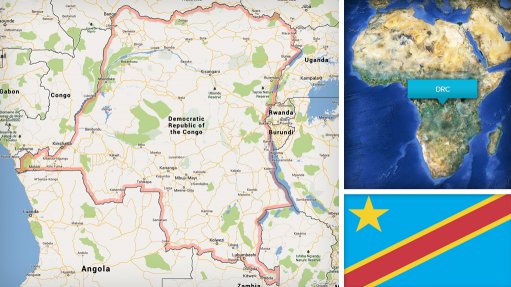
Name of the Project
Grand Inga hydropower project.
Location
Democratic Republic of Congo (DRC).
Client
DRC government.
Project Description
The project, which will be located on the Congo river, is expected to have a capacity of 44 000 MW once all the phases are complete.
The project will comprise Inga 3, or Basse Haute – the first stage of the much larger Grand Inga project – and will be built in phases.
The first phase, the Inga 3 low-head project, will not require damming the Congo river. The second phase, the Inga 3 high-head project, includes the construction of the Grand Inga dam.
Five other hydropower plants will be built on the same dam, eventually increasing the plant’s cumulative capacity to 44 000 MW.
South Africa is expected to buy 2 500 MW of Inga 3’s capacity.
Potential Job Creation
Not stated.
Value
Inga 3 is expected to cost an estimated $13.9-billion to $17.9-billion to complete. The development of the project will be implemented through a public–private partnership.
The cost of the entire Grand Inga project is estimated at between $50-billion and $80-billion.
Duration
Inga 3 is not expected to be operational until the late 2020s. Following financial close and the award of the concession contract, constructing the plant is expected to take as long as eight years.
Latest Developments
The DRC has given two groups of investors a four-week deadline to submit a joint proposal on the development of the multibillion-dollar Inga 3 hydropower plant.
Government has signed an accord with Chinese and Spanish consortia to advance the facility. It is the first time that entities have been formally appointed to draw up plans to develop Inga 3 since the project was announced about a decade ago.
The Chinese group includes China Three Gorges Corp. and State Grid International Development, while the Spanish partners comprise Actividades de Construccion y Servicios and AEE Power Holdings.
The accord calls for the creation of one consortium by the two groups, which have been cooperating since last year on an “optimised bid” on how to bring the project to fruition. Multiple phases and several contracts still need to be completed before construction can begin.
By November 10, the groups must submit a joint proposal that includes a financial model and timeline, according to the accord. Government will then negotiate an “exclusive collaboration contract” with the consortium that will enable the co-developers to consider themselves the project’s “prospective concessionaires,” it has stated.
In the “exclusive collaboration phase,” the Chinese and Spanish investors have undertaken to finance extra technical studies, as well as assessments of environmental and social impacts, to update those done for an earlier 4 800 MW version of the project. They will also attract lenders to finance the facility, which could cost as much as $18-billion, and help the DRC find buyers of the electricity elsewhere in Africa. Finally, the government will grant the special purpose vehicle formed by the groups a concession to construct and manage Inga 3.
The DRC’s business climate is challenging because of a lack of roads and other infrastructure, and Inga 3 has its detractors. The World Bank cancelled its $73 million technical assistance in 2016 after the Agency for the Development and Promotion of the Grand Inga Project, or ADPI, was estbalished within the presidency, rather than as an autonomous government agency.
In September, 40 Congolese nongovernmental organisations called for a moratorium on Inga 3, calling for more comprehensive assessments of the social and environmental impact. Negotiations have, so far, been “opaque and nonparticipative” and “under the direct control of” President Joseph Kabila, they have said.
Last year, US-based activist group International Rivers said the plant “risks ballooning the DRC’s debt burden,” director of the Agency for the Development and Promotion of the Grand Inga Project Bruno Kapandji has dismissed such concerns, saying it’s the concession company that will “gather the money and execute the project.”
The DRC government will have a 5% free stake in the special purpose vehicle, which holds the concession. The joint consortium will control the company while other investors will be brought in to hold 19% of the shares.
Eighty percent of Inga 3 will be financed through debt and the rest through equity. International finance institutions, including the African Development Bank, and export-credit agencies could provide most of the debt financing, with commercial banks providing the balance of funding.
Key Contracts and Suppliers
None stated.
On Budget and on Time?
The Grand Inga project has been delayed several times over the past 40 years and the cost of the project has also been underestimated several times.
Contact Details for Project Information
Embassy of DRC in South Africa, tel +27 12 344 6475 and fax +27 12 344 4054.